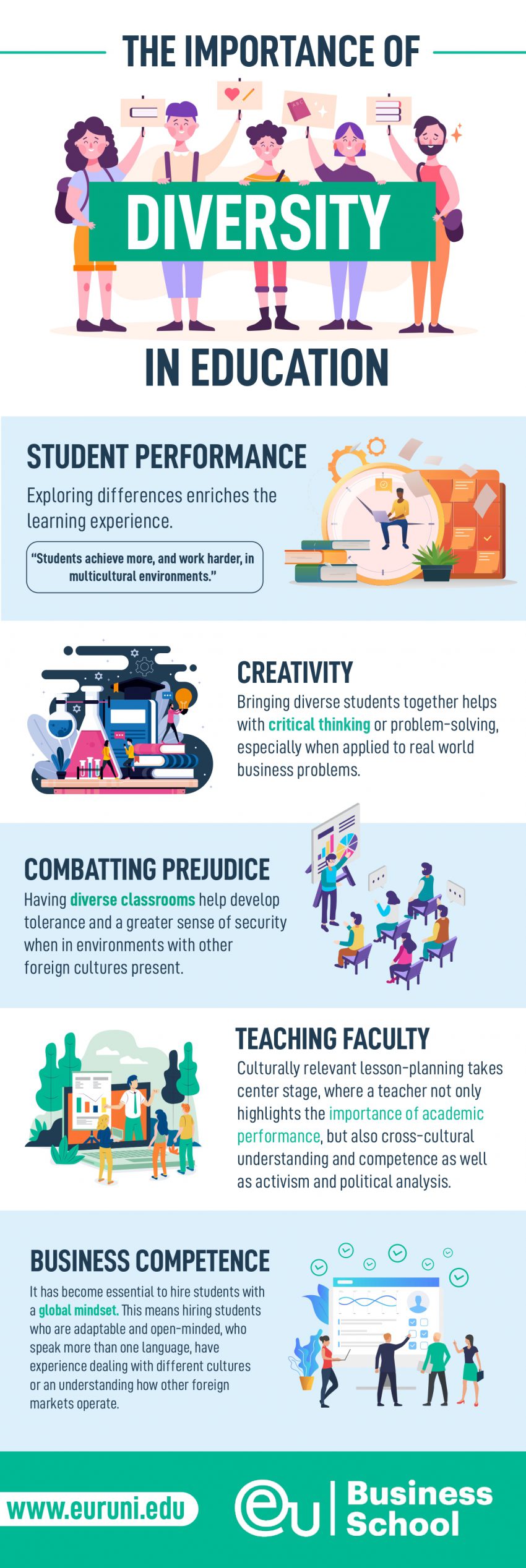Smear Campaigns, Character Assassination, and the Erosion of Institutional Trust in Modern Information Ecosystems: A Critical Analysis


Education plays a pivotal role in shaping identity and culture, and South Australia provides a unique canvas for this exploration. In this article, we embark on a sociological journey, delving into how teaching communication and media intersects with the diverse population of this region to create a rich tapestry of educational experiences.
South Australia is a vibrant mosaic of cultures, languages, and traditions. Its educational institutions embrace this diversity as a valuable scholarly resource. The teaching of communication and media takes on an inclusive dimension, where students learn not just from textbooks but from each other's unique experiences. The multicultural classroom fosters an environment where students engage with a wide array of perspectives, contributing to their own and their peers' understanding of identity and culture.
Media serves as a reflection of society, moulding cultural identities. Media and communications educators actively engage students in critically examining the media landscape. They question how media portrays various cultural groups and the impact of stereotypes on societal perceptions. Students develop media literacy and a deeper cultural understanding, allowing them to deconstruct media narratives.
 |
| Australian Media Literacy Alliance: Media Literacy Framework for Australia |
A diverse student body brings a rich tapestry of cultural experiences into media production in the Adelaide region. Students are able to create content that reflects their unique backgrounds, from documentaries to digital storytelling. These projects tend to become a living archive of the local cultural diversity and provide a platform for students to express their cultural identities.
Advertisement: Scroll down to continue
Languages are not just communication tools; they are also repositories of culture. Linguistic diversity is an asset in the teaching of communication in South Australia. As bilingualism and multilingualism thrive, students get the chance to explore the intricate relationship between language and culture. Communication become a bridge between cultures, fostering deeper understanding.
 |
| 📷 "Education is the most powerful weapon which you can use to change the world." - Nelson Mandela |
Educational institutions actively engage with the community. Cultural events, workshops, and collaborations enrich the educational experience. Students can participate in activities that celebrate diversity, reinforcing the idea that education is interconnected with the community and contributes to the cultural richness of the state.
Teaching communication and media is more than just an academic pursuit; it's a sociological exploration of identity and culture. Students emerge as informed individuals and ambassadors of their rich diversity. The educational tapestry reflects the ever-evolving dynamics of identity and culture, creating a scholarly legacy worth celebrating.
In the next article of this series, we'll delve into the philosophical considerations of teaching communication and media in South Australia, exploring the ethical dilemmas faced by educators and learners.
Comments